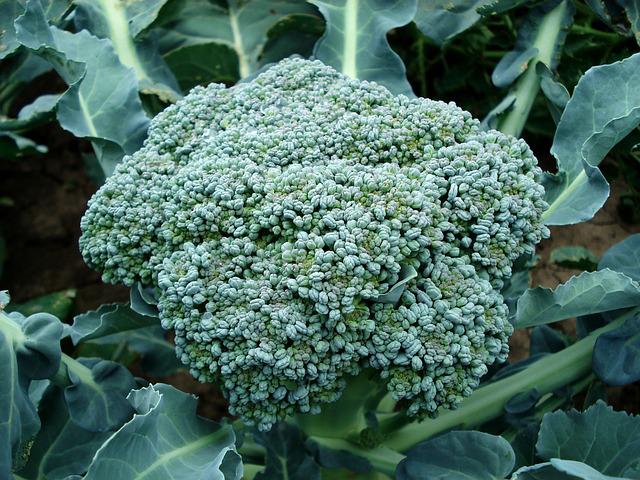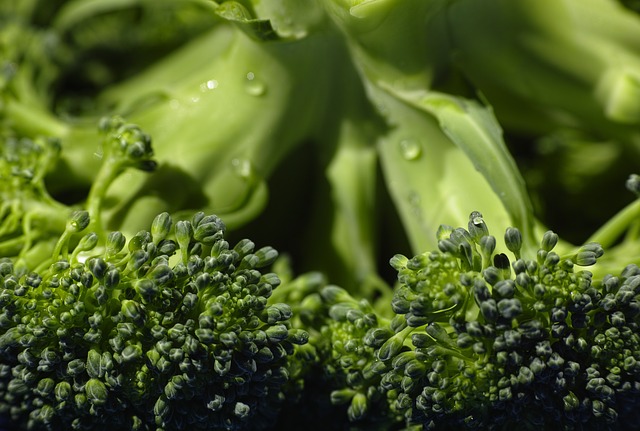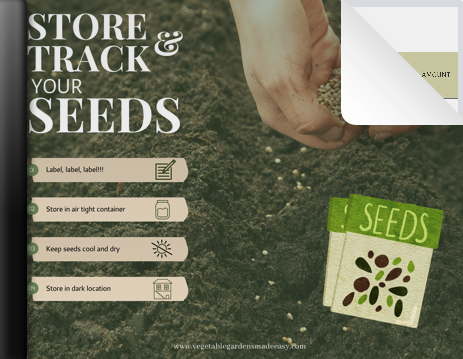Broccoli is a wonderful vegetable that you can enjoy in many different ways. It can be eaten raw, cooked, or steamed. It is a great source of vitamins and minerals and is low in calories. Broccoli is a good choice for those trying to lose or maintain a healthy weight. Growing broccoli is relatively easy and can be grown in most climates. So, when to harvest broccoli?
You can make many different recipes with broccoli. You can use it in soups, salads, pasta dishes, and more. It is a versatile vegetable that everyone can enjoy. Broccoli is a great way to get your daily recommended intake of vegetables. It is also a good source of fiber, which is important for a healthy digestive system.
You can grow broccoli in your home garden. It is easy to grow and does not require much space. You can also buy broccoli at the grocery store. When buying broccoli, make sure to choose fresh, organic broccoli. This will ensure that you are getting the most nutrients from the vegetable. Broccoli can also be frozen and enjoyed later.
When To Harvest Broccoli?
When to harvest broccoli is a common question among gardeners. The answer depends on the variety of broccoli and the desired flavor. For instance, early varieties such as Green Goliath are best harvested when the heads are still small. In contrast, later varieties such as Green Comet are best harvested after the heads fully develop. However, broccoli is generally ready to harvest when the heads are 6-8 inches in diameter and the florets are tightly closed.

To test readiness, check the head for firmness and snap off a floret. If it comes away easily, the broccoli is ready to be harvested. When harvesting broccoli, use a sharp knife or garden shears to avoid damaging the plant. Cut the stalk about an inch below the head, and then remove any yellow or brown leaves. With proper care, freshly harvested broccoli can last for several days in the fridge. Here are a few signs of when to harvest broccoli:
Has a Head:
When to harvest broccoli is pretty simple. The best time is when the heads are dark green, firm, and about the size of a golf ball. You’ll want to cut the head off with an inch or two of the stem attached. Broccoli that is allowed to stay on the plant too long will begin to flower, and the quality will decrease. When in doubt, it’s better to harvest earlier rather than later – you can always allow the head to continue to grow if it’s not quite ready.
Another telltale sign that broccoli is ready to harvest is if the heads start to loosen and open up. This means they’re beginning to flower, and you should harvest them as soon as possible.
Head Size
Depending on the cultivar, broccoli heads are typically harvested when they are 6 to 8 inches (15–20 cm) in diameter. Head formation and harvesting timing will vary depending on climate and cultivar. In temperate climates, broccoli heads are produced during cooler months, while in subtropical climates, production occurs during warmer months.
For most cultivars, you should harvest heads before the flower buds open (known as “buttoning”), depending on the desired use. If left unharvested, broccoli heads will continue to grow larger and produce small yellow flowers. When choosing a head of broccoli at the grocery store or farmers market, look for one that is firm and green with tightly packed florets. Avoid any heads that have started to open up or have yellowing flower buds.
Floret Size
When harvesting broccoli, the key is to pay attention to floret size. When the buds start to swell, and the flowers begin to open, it’s time to cut the stalk. If you wait too long, the florets will be tough and bitter. On the other hand, if you harvest too early, they’ll be small and delicate. The trick is to find that sweet spot in between when the florets are large but still tightly closed. Of course, this can vary depending on the variety of broccoli you’re growing.
For example, Early Purple sprouting broccoli is ready to harvest about 80 days after planting, while Calabrese needs 95-100 days. So, it’s important to know the maturity date for your particular variety. Once you’ve got that down, you’ll be able to enjoy delicious, freshly-picked broccoli all season long!
Color:
The color of the broccoli head can be a good indicator of when to harvest. If the head is still mostly green, the broccoli is not quite ready to be harvested. On the other hand, if the head has begun to turn yellow or brown, it is past its prime and will not be as tasty. In addition, the size of the head can also be a factor in deciding when to harvest. If the head is small, it will likely be more tender and flavorful than if it is large.
Ultimately, there is no single answer to the question of when to harvest broccoli. Instead, gardeners will need to use their best judgment, considering factors such as color and size.

How To Harvest Broccoli?
The best time to harvest broccoli is when the heads are still tight and before the flowers open. Cut the stalk about 6 inches below the head to harvest with a sharp knife. Be sure to leave some of the leaves on the plant so it can continue to produce food for the developing heads. After cutting, you can store broccoli in a refrigerator for up to a week. Harvesting broccoli regularly will encourage the plant to keep producing new heads.
Tips For Harvesting Broccoli
It’s important to harvest broccoli at the right time to ensure that the vegetable is tender and flavorful. Here are a few tips to help you get the most out of your broccoli crop:
- Check the heads regularly and harvest them when they are firm and compact. If the heads start to open up, they will become tough and woody.
- Using a sharp knife, cut the heads cleanly from the plant, careful not to damage the other broccoli florets.
- Leave a couple of inches of stem on each head, as this will help to prolong their shelf life.
- Harvest in the morning before the temperatures start to rise. This will help to keep the broccoli fresh and crisp.
Following these simple tips, you can enjoy tender and delicious broccoli all season long!
Wrapping Up
In conclusion, we can say that the best time to harvest broccoli is when the heads are still tight and before the flowers open. Be sure to use a sharp knife to avoid damaging the other florets, and try to harvest in the morning for the freshest crop. You can have the best of both worlds by following these guidelines.
